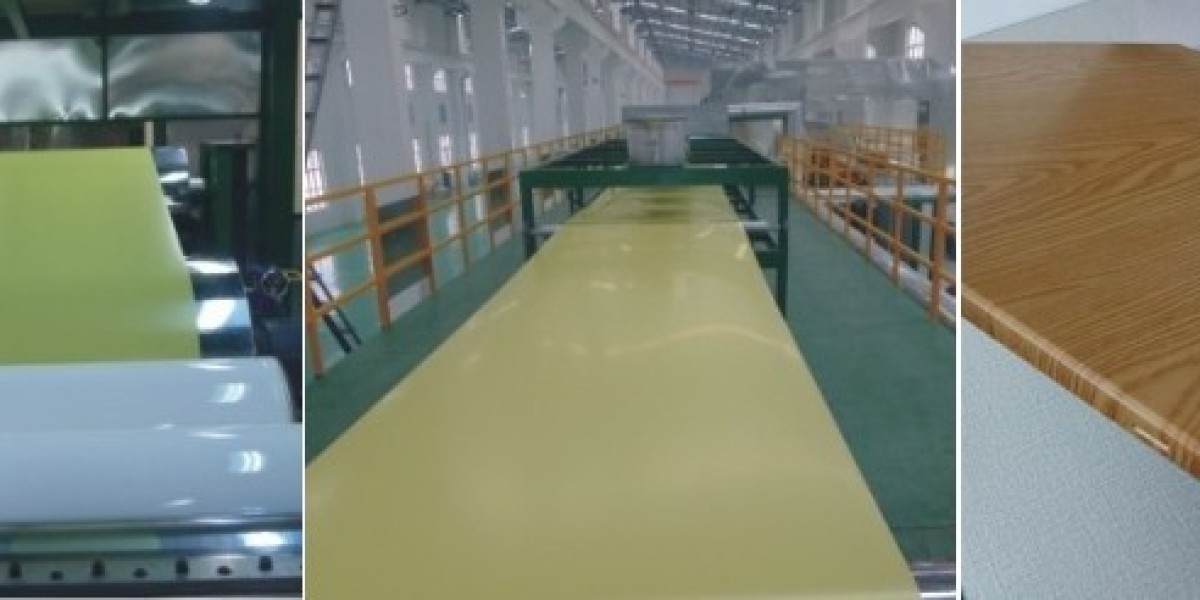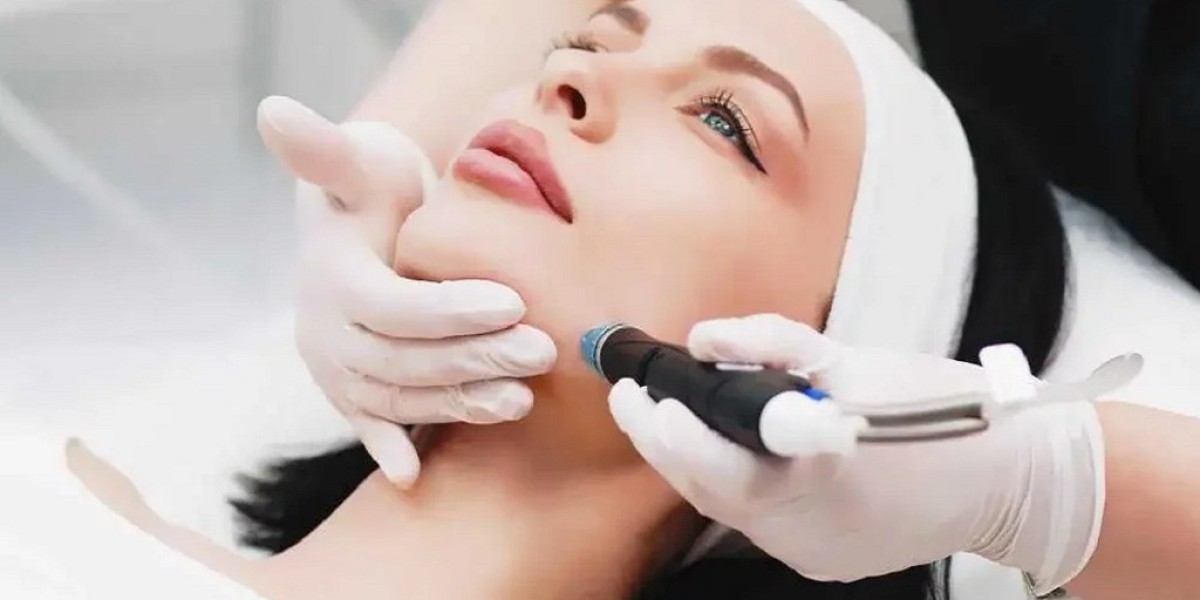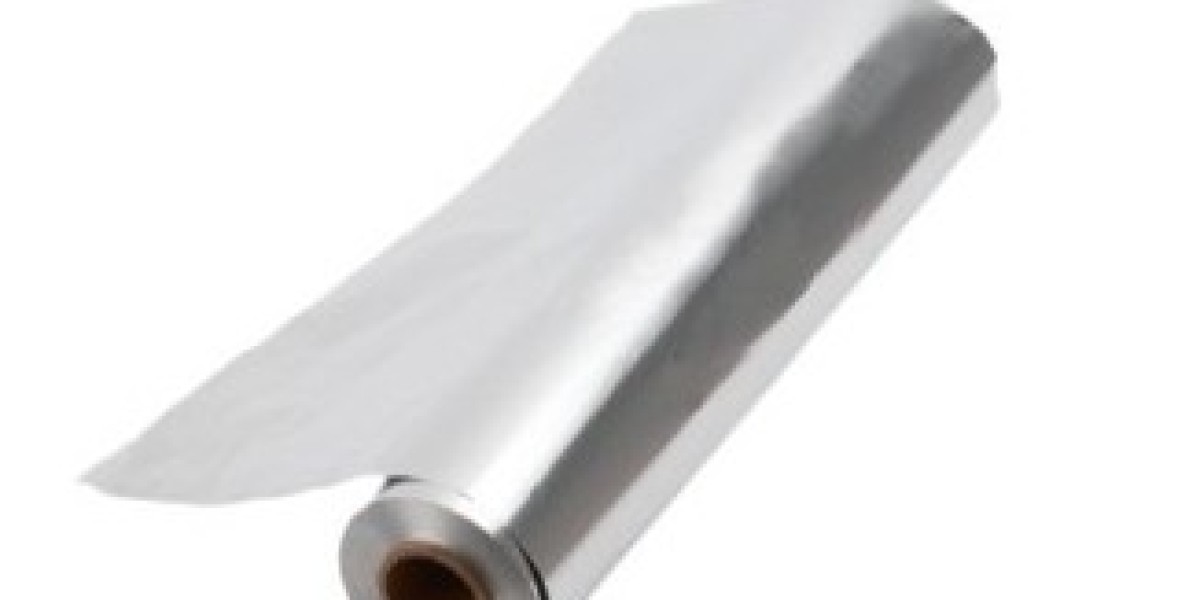When you think of aluminium, you might picture a dull, silvery metal. But look around—aluminium appears in vibrant, durable colours on everything from sleek modern buildings and energy-efficient appliances to stylish consumer electronics. This transformation is made possible by a sophisticated industrial process known as coil coating. But what exactly is it, and why is it so crucial?
In simple terms, coil coating is a highly efficient, continuous, and automated process for coating metal coils before they are fabricated into end products. Think of it as "pre-painting" the metal on a massive, precision-controlled scale. This method offers significant advantages over traditional post-fabrication painting, including superior quality, environmental benefits, and cost savings.

The Coil Coating Process: A Step-by-Step Breakdown
A typical coil coating line is a marvel of modern engineering, where a single, massive coil of aluminium can be cleaned, pre-treated, coated, cured, and rewound in one uninterrupted sequence. Here’s how it works:
Uncoiling and Cleaning: The process begins with a bare aluminium coil being fed into the line. It first passes through a series of chemical cleaning and rinsing stages to remove any oils, dirt, or oxides, ensuring a perfectly pristine surface for coating adhesion.
Pre-Treatment: The clean metal undergoes a chemical pre-treatment, often a conversion coating like chromate or phosphate. This step is critical as it creates a microscopic layer that dramatically enhances the coating's adhesion and corrosion resistance, forming the foundation for the product's longevity.
Primer Application & Curing: A roll coater applies a thin, uniform layer of corrosion-inhibiting primer to one or both sides of the metal. The coil then enters a high-temperature oven where the primer is baked to a solid, durable film.
Topcoat Application & Curing: After cooling, the coil receives its final topcoat—this is where the colour, gloss, and specific performance characteristics (e.g., PVDF for extreme weatherability or polyester for general purpose) are applied. It travels through a second oven to cure this topcoat.
Rewinding and Packaging: The finished, coated coil is cooled and precisely rewound. It is then packaged for shipment, ready to be sent to manufacturers who will shape it into final products.
Key Benefits of Coil Coated Aluminium
Superior Finish Quality: The controlled factory environment eliminates the dust, bugs, and humidity that can ruin a post-fabrication paint job, resulting in a flawless, consistent finish every time.
Enhanced Durability: The combination of chemical pre-treatment and thermally cured coatings creates an incredibly strong bond, offering exceptional resistance to chipping, scratching, fading, and corrosion.
Environmental & Economic Efficiency: Coil coating generates significantly less Volatile Organic Compound (VOC) emissions than spray painting and produces virtually no waste, as overspray is eliminated. For manufacturers, it slashes production time and labour costs.
By understanding coil coating technology, you can make more informed decisions about the materials you specify or purchase, ensuring your projects are not only beautiful but also built to last.



